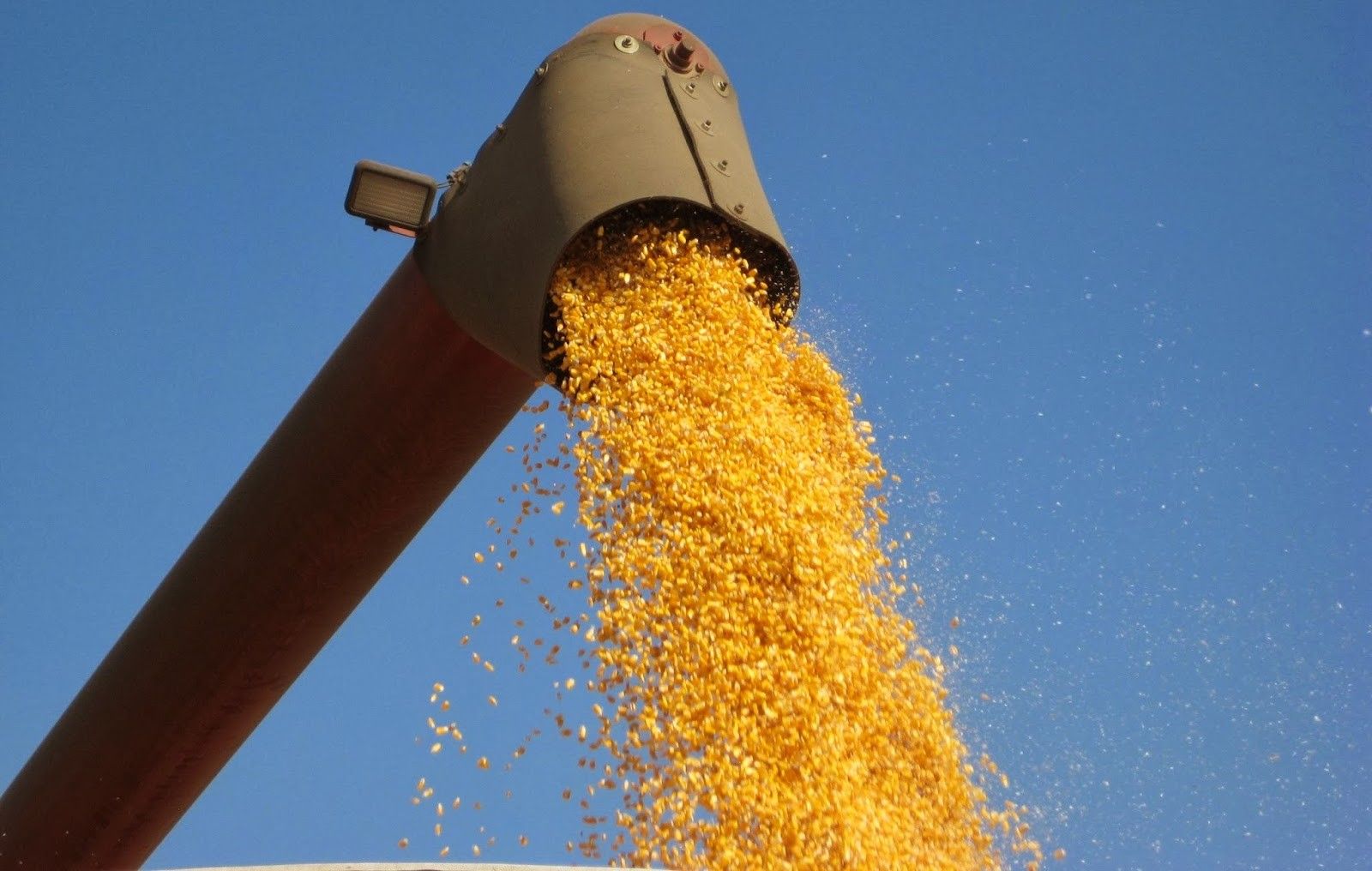For those of us counting on some good ol’ R&D to help us meet the rapidly increasing food demand, we’ve got another thing coming.
According to a new study published in mid-December in Nature Communications, global crop yields have what the study calls a “yield ceiling.” Almost a third of the world’s total rice, wheat and maize production has hit this plateau, according to the piece. The study was conducted at the University of Nebraska, Lincoln, and the three leading scientists—Patricio Grassini and Kenneth Cassman belonging to the school’s Department of Argonomy and Horticulture, and Kent Eskridge belonging to the Department of Statistics—looked at rates of increasing crop yields since 1990. Their aim was to find a model that best showed the rate of change of crop yield over the past 50 years in order to better estimate the globe’s future yields.
The results are striking. Here are the three big conclusions:
- “Where yields are increasing, absolute rates of yield increase are linear.
- There is no case in which relative rates of yield gain have consistently increased or remained constant over time.
- There are a number of cases where yield plateaus or a discontinuous break to slower rates of yield gain suggest the possibility of a biophysical ‘ceiling’ yield.”
The “ceiling yield” part isn’t even the most worrisome. Not only does the study suggest that most cropland will hit this plateau, but also that a significant portion of cropland already has peaked. Fourty-four percent of the study’s cases showed an abrupt drop in rate of yield gain. That accounts for 31 percent of total global rice, wheat and maize production. Here’s what the study had to say as a result:
“A major concern is the observation that yields in some major cereal-producing regions have not increased for long periods of time following an earlier period of steady linear increase…. Despite the increase in investment in agricultural R&D and education during this period, the relative rate of yield gain for the major food crops has decreased over time together with evidence of upper yield plateaus in some of the most productive domains.”
According to the study, R&D in China has tripled between 1981 and 2000 but the rate of change in crop yields remained steady in wheat, decreased by 64 percent in maize, and was negligible in rice. In the US, where there has been a 58 percent increase in ag investment, the rate of maize yield gain remained relatively constant.
In short, the study says as farmers’ yields increase, it becomes more difficult to further yield gain. “It requires find tuning of many different facets of management in the production system,” the study says. “Such fine tuning is often difficult to achieve in farmer’s fields, and the associated marginal costs, labour requirements, risks and environmental impacts may outweigh the benefits.”
The study’s conclusion boils down to one thing—the key is to increase grain production in countries where current crop yield is low. As the study points out, these areas most likely do not have easy access to technology, infrastructure and capital.
Though the study gives warns against expectations of higher crop yields in already high-performance cropland, it doesn’t mean we should throw R&D out the window. It simply suggests we might look to other places other than our already productive land to further global crop yield.




